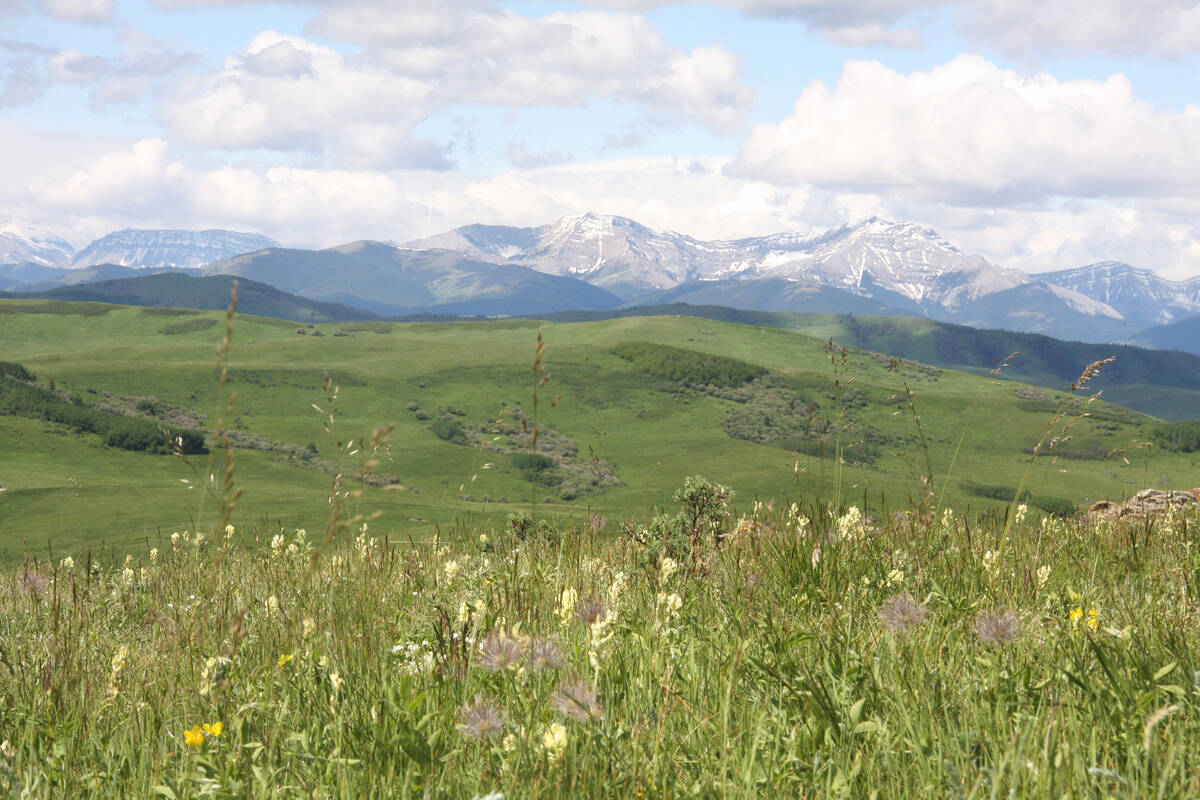The National Association of Wheat Growers has launched a national contest to encourage farmers to boost productivity
The U.S. wheat industry is at-tempting to mount a second Green Revolution.
The National Association of Wheat Growers and the National Wheat Foundation have launched the National Wheat Action Plan, which is an attempt to increase wheat productivity so that the crop stops losing acreage to corn and soybeans.
“Right now the plan is conceptual,” said NAWG president Brett Blankenship.
“I’m calling all hands on deck to help us write the plan.”
He is hoping for a plan as transformational as Norman Borlaug’s Green Revolution, which encouraged the spread of existing technologies such as irrigation, pesticides and nitrogen fertilizer to dramatically boost cereal crop yields.
Read Also

Selenium not deal breaker in coal mining: expert
Environmental scientist weighs in on coal mining debates in Western Canada, explaining selenium and the technologies and practices to lower its concentrations in nearby waterways to coal mining operations
Wheat was the largest crop grown in the United States when Blankenship started farming in Washington state in the 1980s. The crop peaked at 80 million acres in 1981.
U.S. farmers planted 54.6 million acres of wheat this year, putting the crop a distant third behind the 83.2 million acres of soybeans and 88.4 million acres of corn.
“That’s quite a slide and that’s a pretty firm trend. If you’re a wheat producer, that trend has to be stopped and reversed,” he said.
As the crop shrinks, so does its influence. Less money pours into research and development, political clout is reduced and the U.S. share of export markets shrinks.
“That’s the call to action. I think this is going to take heroic action,” said Blankenship.
NAWG has not approached the Canadian wheat industry about collaborating on the project.
Tom Steve, general manager of the Alberta Wheat Commission, said wheat hasn’t seen the same pressures in Canada that it has in the U.S.
The crop has lost acres to canola and pulses, but that situation has stabilized in the last few years.
“I don’t think we’ve seen the same deterioration in profitability versus other crops that they may have seen in the United States with corn and soybeans capturing large acres,” he said.
Corn and soybeans are creeping into the Canadian Prairies, but Steve believes the spread of those crops will be restricted by climate.
However, it doesn’t mean the Canadian wheat industry is resting on its laurels.
“We’re definitely working and collaborating as an industry to ensure wheat is a competitive crop for growers and that it is well re-ceived by consumers,” said Steve.
Cereals Canada is redefining the Canadian wheat brand and provincial commissions are working with the Western Grains Research Foundation to chart a new course for wheat research.
“We need to ensure (wheat) is profitable against crops that may creep into the rotation, including corn and soybeans,” he said.
The focus of the U.S. initiative is to boost crop yields.
This year’s expected average yield of 43.6 bushels per acre for all classes of wheat of is just 16 percent higher than it was 30 years ago. By comparison, soybean yields are up 38 percent and corn has risen 42 percent over that same period.
Growers are rejecting the crop, and so are seed technology companies.
“For every $10 spent on corn research only 70 cents is spent on wheat research, so it’s no surprise that wheat continues to fall be-hind,” said Blankenship.
Public research programs are responsible for more than three-quarters of the wheat varieties on the market.
“More money is spent by Mon-santo on corn than all of wheat put together,” he said.
NAWG has been encouraging the development of GM wheat since 2008, but Blankenship said the wheat industry cannot count on that technology to be its salvation.
“Even if someone had a GMO platform ready to go, it would take 10 to 15 years to see it and we don’t have 10 to 15 years to reverse this trend,” he said.
The wheat industry needs to work with the tools it already has at its disposal to boost yields.
“We think we’re on the cusp of some great breakthroughs in hybridization of wheat and advanced breeding techniques in wheat that are not GMO,” said Blankenship.
Preliminary studies show that a 20 percent yield increase would convince farmers in marginal areas to reverse the trend of switching to corn and soybeans.
The increase does not all have to come through improved genetics. Growers will also be encourage to use seed treatments and intensive crop management strategies.
NAWG has launched a national wheat yield contest to encourage farmers to focus on productivity.
The association has approached seed technology providers to raise the minimum $250,000 needed to poll farmers to find out what improvements they require.
CropLife America, Monsanto, Syngenta and WinField have each paid $45,000 to become executive partners in the venture, and McGregor has paid $25,000 to be a supporting partner.
The goal is to have a draft action plan in place in the next 12 to 16 months and to implement that plan over the next several years.















